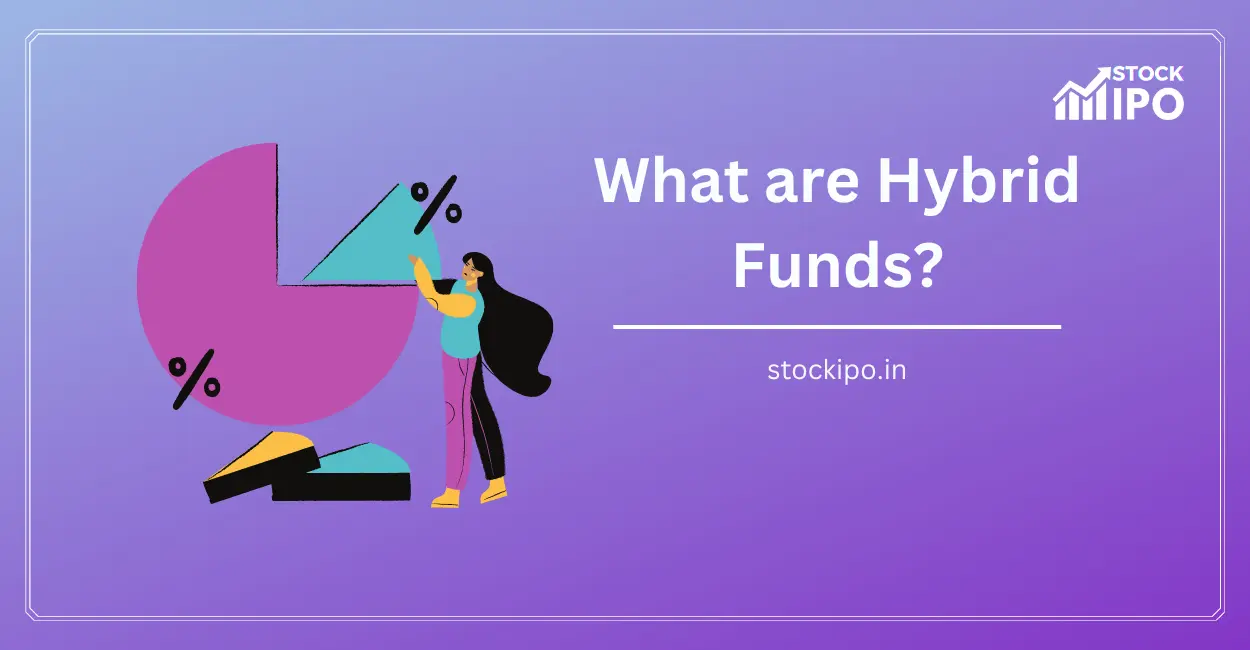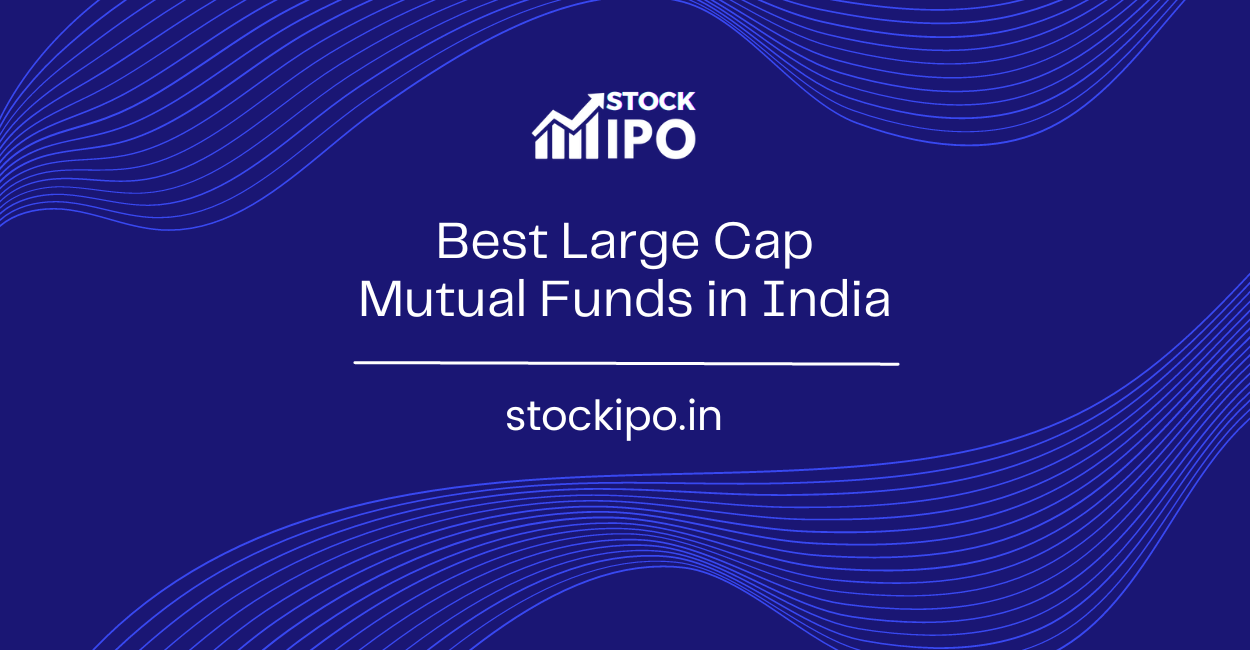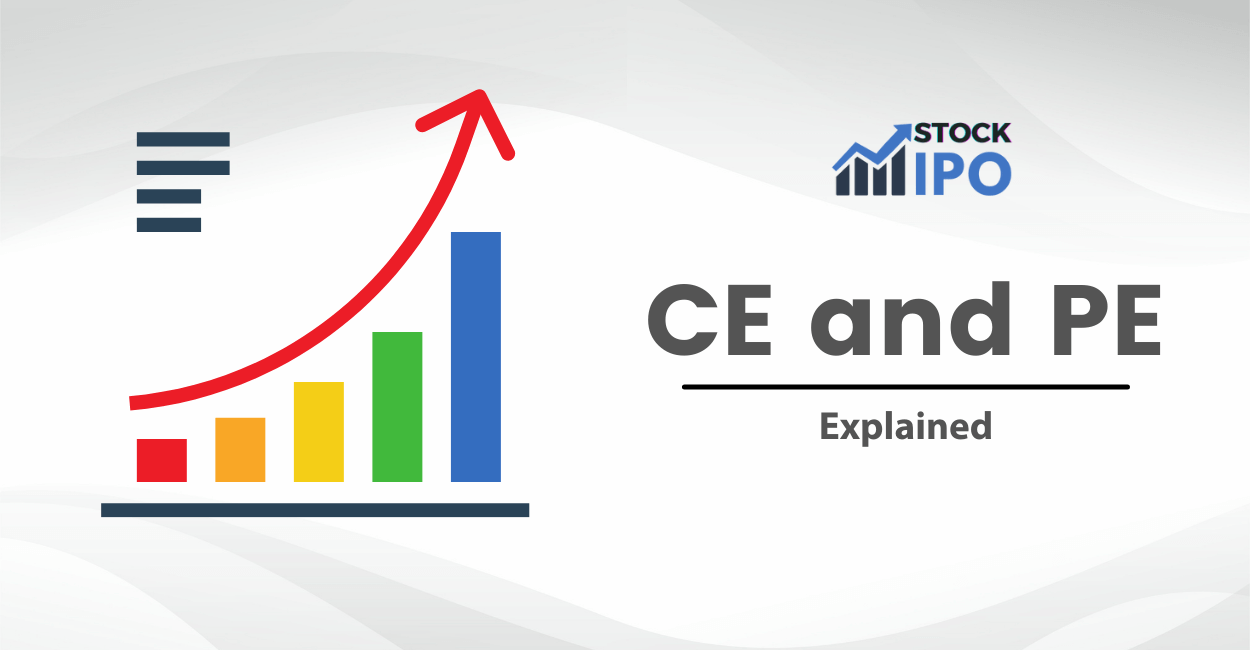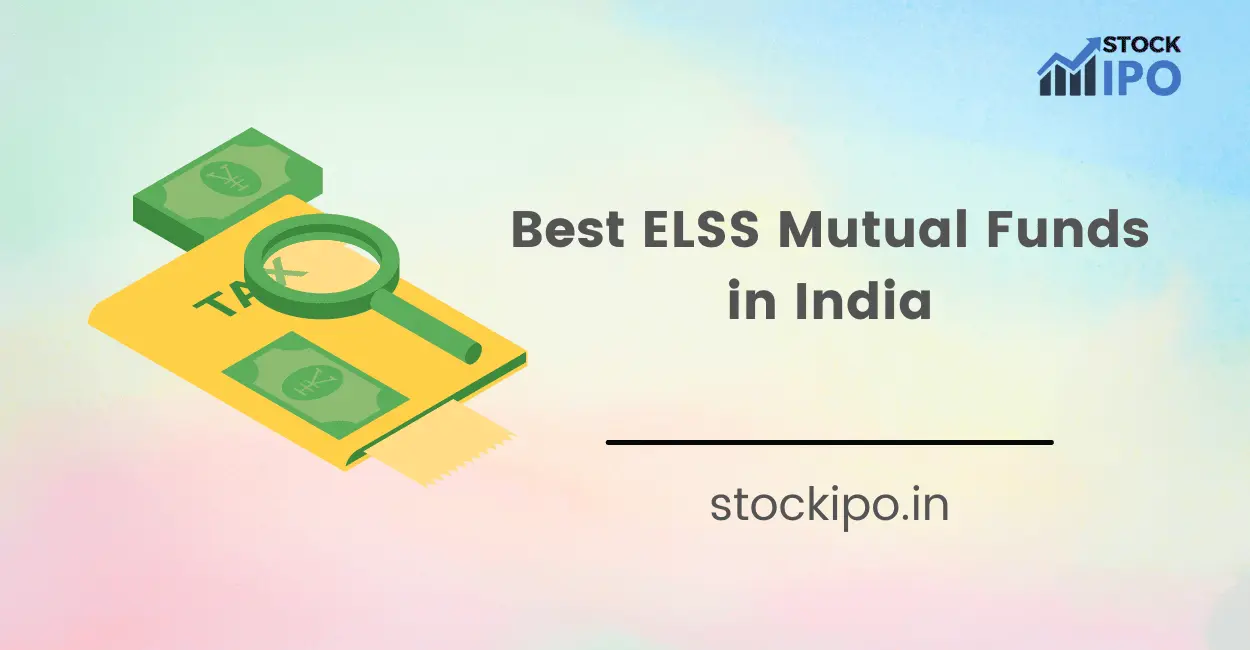When looking for investments, most retail investors turn to mutual funds, especially for long-term investments. Mutual Funds have always been a safer option for investors with a high participation rate. However, not much is explored by these investors; they tend to invest more in what is advertised to them by agents or other sources. Hence, making things easier for such investors, this article will talk all about Hybrid Funds to polish your knowledge and enhance your decision-making.
What is Hybrid Fund?
Hybrid Funds, like other Mutual Funds, are not focused on one kind of investment. The main agenda of such funds is to diversify the amount invested to reduce risks by investing in multiple financial instruments. A certain percentage of the AUM can be invested in debt and the other part can be invested in equities or any other kind of investment. Other investment options like ETFs, Index funds and Bonds are also invested in these funds.
How to select a Hybrid Fund?
Before jumping in to invest, it is important to consider and understand some pointers as mentioned below –
Returns and Risks
Returns and Risks are highly dependent on the exposure one takes in the market. No form of investment in mutual funds guarantees any returns. Equity exposure can give better returns if performed well, however, will also ask for more risk appetite. Similarly, an exposure inclined towards debt will give less risk but also comparatively fewer returns.
End Goals and Investment Period
If the end goal of the investor is some statement asset like a house or car etc, the investment will most likely have to be long-term. And a long-term investment may have more equity exposure. A short-term investment, or where the investor is nearing retirement may aim for a fixed income or fewer risks, they may incline towards the debt-heavy hybrid funds. Different age groups of investors also have different end goals and hence a more personalised investment plan and strategy are required.
Investment Costs
Like any other investment, Hybrid Funds also have an expense ratio. A higher expense ratio may take away a large portion of one’s final returns and reduce profits. Even though a lower expense ratio in no way guarantees that the returns will be good, they do leave a larger portion of the return in the hands of the investor.
Tax
For a Resident Individual, the taxes on Short-term Capital Gains are 15% and those on Long-term Capital Gains are 10%. For long-term gains, there is no tax for incomes less than 1 Lakh. Other criteria and rates such as surcharge and TDS should also be consulted with an expert to have a clear idea of how such returns are charged on.
How to select a suitable Hybrid Fund?
Selecting a fund can be highly personalised. Every individual has different goals, different investment budgets, periods and the age group they are in. Based on these basic parameters, an investor can identify the most suitable fund that fits their needs and requirements.
When searching for a fund, the most fundamental measures to look for are consistency in the returns, the fund management team, risk and returns and the expense ratios.
One should also take a look at how long the fund has been running for, what is the amount of Assets Under Management of the fund, a very small or an enormous AUM can be a deal breaker.
When the fund management team of the fund is experienced and has good qualifications, the fund is said to have a plus.
Types of Hybrid Funds
The types of Hybrid Funds are as follows-
Aggressive Hybrid Fund
Aggressive Hybrid Funds or Equity Oriented Hybrid Funds invest more than 65% and less than 80% in equities. The balance part of their investment is done in debt, which balances the risk and gives out the return of equity markets with less risk associated.
Multi-Asset Allocation Fund
As per the SEBI rules, such funds make investments in at least three kinds of asset classes and each one of these is more than 10%. Such funds give a better benefit of diversification.
Arbitrage Funds
Most suitable for investors who aim for fewer risks and debt-like returns with the tax benefits of equity markets. These funds work on derivative instruments. The process is to first buy in the cash market and then sell in the futures market to benefit from the price differences. They invest more than 65% of the funds in equities and the balance funds in the debt asset class to balance out the risks.
Conservative Hybrid Fund
These funds invest 10-25% of funds in equity or equity-related instruments and the remaining pool of funds is allocated to debt instruments. The focus is to have fewer risks and a fixed or certain income from the heavy debt investment in the portfolio. This fund is perfect for investors who are looking for a safe return but can take a little risk for better returns.
Debt-oriented and Equity-oriented Funds
As the names suggest, a majority portion of the funds are allocated to debt under debt-oriented funds, and the majority of funds go to equities under equity-oriented funds. The majority in both types represent at least 60% of the funds.
Advantages of Hybrid Funds
Now, we know almost everything about Hybrid Funds, so we must also take a look at how exactly these funds give their investors an added advantage over most other investments –
Diversification
Probably the most used word in the article, diversification is the most basic advantage these kinds of funds provide their investors. While there are surely other forms of investment too where diversification exists, when an investor does not have the time and knowledge to invest, these funds are a rescue for them.
Adjusting Portfolios
These funds are more active, and the investments chosen by the fund managers are constantly updated as per the market changes and needs. This way, the portfolio remains active and up-to-date as per the market trends providing the best returns or minimizing losses.
Better Personalization
Every investor has their requirements, and hybrid funds offer various kinds of funds among which an investor can choose which kind of investment portfolio would suit them the best. There are different funds for different levels of risk takers and this way, as an investor one is more satisfied and content.
Ease and Convenience
These funds are easier to understand and invest in as compared to other forms of investments. And since an investor has more choices, it makes it more convenient and comfortable for the investor to invest by selecting the most suitable fund for them.
Summary
Hybrid Funds are funds that invest in a variety of asset classes with the aim of diversification. Diversification in the investment portfolio helps to reduce risks with the same return value or even better return value.
There are various types of Hybrid Funds among which an investor can choose the one which is compatible the most with their needs and goals in the future.
Different types of these funds have different levels of risk depending upon their exposure to different assets. Considering the ease and comfort these funds provide, these funds can be a good start for new investors and beginners.







